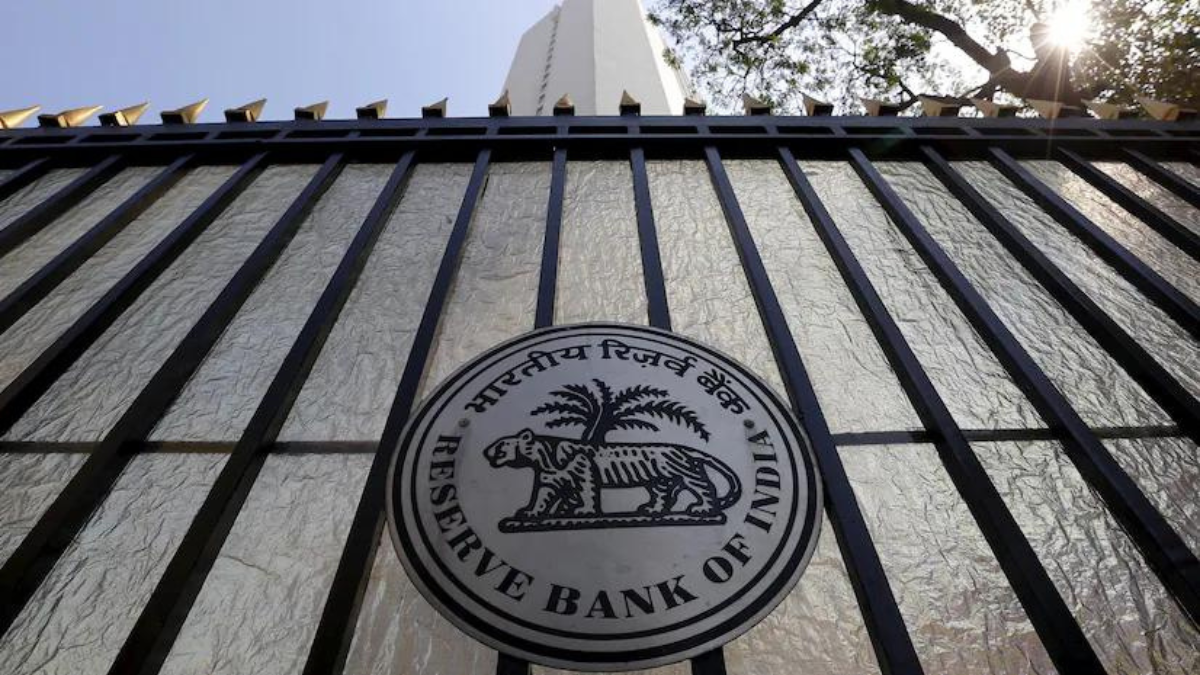Table of Contents
On June 7, RBI Governor Shaktikanta Das revealed the most recent monetary policy decision, stating that the benchmark interest rates would remain at 6.5 percent, a level that has been maintained since February 2023. The Monetary Policy Committee (MPC), comprising three RBI officials and three external experts, decided to keep the repo rate at 6.5 percent for the eighth consecutive policy meeting.
In his statement, Governor Shaktikanta Das reported that four of the six MPC members cast their votes in favor of the repo rate decision. The committee last modified rates in February 2023. Although annual retail inflation dipped marginally from 4.85 percent in March to 4.83 percent in April, it continues to surpass the MPC’s target by a considerable margin.
What is Monetary Policy?
Monetary policy refers to the central bank’s approach in using its available monetary instruments to achieve legislated goals. The RBI’s primary monetary policy objective is maintaining price stability, while also considering economic growth promotion. Price stability is fundamental for sustainable growth.
The revised 1934 RBI Act allows the Indian Government, in collaboration with the Reserve Bank, to set an inflation target (4% with a tolerance band of +/- 2%) every five years.
Members of Monetary Policy Committee 2024
The Monetary Policy Committee comprises six members. The RBI Governor chairs the MPC, while the Deputy Governor in charge of monetary policy is also a member. One member is nominated by the RBI Board, and the Central Government appoints the remaining three members.
| Monetary Policy Committee (on 07 June 2024) | |
| Chairperson (Governer of RBI) | Sri Shaktikanta Das |
| In-charge of Monetary Policy (Deputy Gov. of RBI) | Dr. Michael D. Patra |
| Member 1 (Nominated by Central Board of RBI) | Dr. Rajiv Ranjan |
| Member 2 | Dr. Ashima Goyal |
| Member 3 | Dr. Shashanka Bhide |
| Member 4 | Prof. Jayanth R. Varma |
Key Highlights of RBI Monetary Policy 2024
The table below summarizes the main points from the monetary policy committee’s review meeting, which took place on 7th June, 2024.
RBI to focus on withdrawal of accommodative monetary policy stance to bring down inflation.
| Key Highlights of MPC Meeting | |
| Repo Rate | 6.50% |
| Reverse Repo Rate | 3.35% |
| Standing Deposit Facility (SDF) | 6.25% |
| Marginal Standing Facility (MSF) | 6.75% |
| Bank Rate | 6.75% |
| Cash Reserve Ratio (CRR) | 4.50% |
| Statutory Liquidity Ratio (SLR) | 18.0% |
Some Other Important Highlights of Monetary Policy Committee Meeting
- Reserve Bank of India Governor Shaktikanta Das has adjusted the GDP growth forecast for FY 25 to 7.2%, an increase from the previously anticipated 7%.
- Governor Shaktikanta Das announced that the RBI plans to set up a Digital Payments Intelligence Platform. This new platform will enable network-level intelligence and real-time data sharing throughout the digital payments ecosystem, improving the detection and response to fraudulent activities efficiently and quickly.
- The RBI maintained its FY25 inflation projection at 4.5 percent.
- Food inflation still remains a concern.
- The current account deficit for FY25 is anticipated to stay comfortably within a manageable range.
- Foreign exchange reserves touched a fresh high of $651.5 billion as on May 31, 2024
- Bulk deposit threshold raised to ₹3 crore from ₹2 crore
- Auto replenishment of balance Fastag, NCMC, and UPI-Lite wallets brought under the e-mandate framework
- The export and import regulations under the Foreign Exchange Management Act (FEMA) will be rationalized.
Sound Financial Stability
Governor Das highlighted that the Indian banking system is stable and robust, supported by better asset quality, increased provisioning for bad loans, maintained capital adequacy, and higher profitability. Similarly, non-banking financial companies (NBFCs) demonstrated solid financial health, aligning with the banking sector’s performance.
Domestic factors will determine the course of action
Das mentioned that although the RBI monitors the influence of monetary policies in advanced economies, the central bank’s decisions will be based on domestic growth, inflation conditions, and the overall outlook.
“There is an opinion that the Reserve Bank follows the Fed’s lead in monetary policy matters. While we do observe developments on the global horizon, our strategies are tailored to the local economic conditions. Essentially, while we consider the effects of monetary policy in advanced economies on Indian markets, our primary focus remains on the country’s growth-inflation dynamics and projections,” said Das.





 GA Capsule for SBI Clerk Mains 2025, Dow...
GA Capsule for SBI Clerk Mains 2025, Dow...
 The Hindu Review October 2022: Download ...
The Hindu Review October 2022: Download ...
 SBI Clerk Prelims Result 2025 Out, Direc...
SBI Clerk Prelims Result 2025 Out, Direc...




